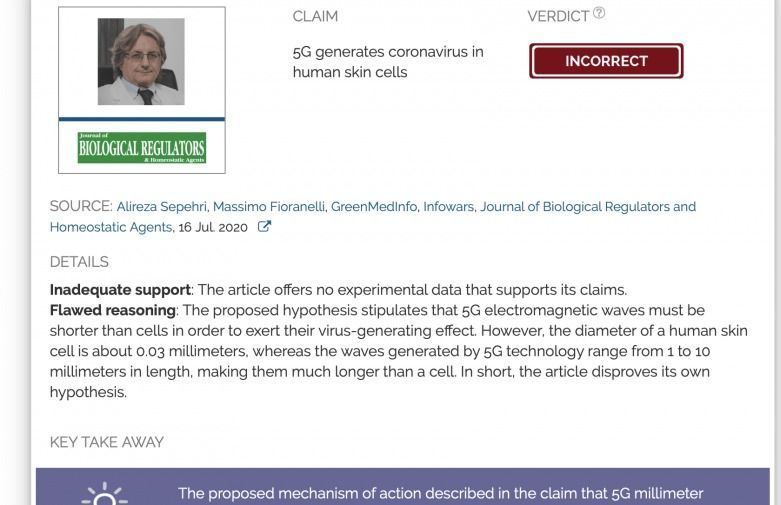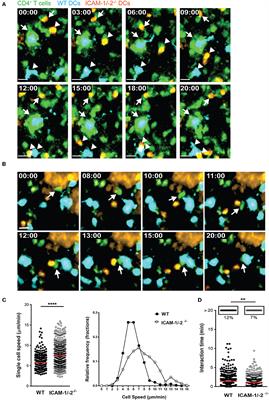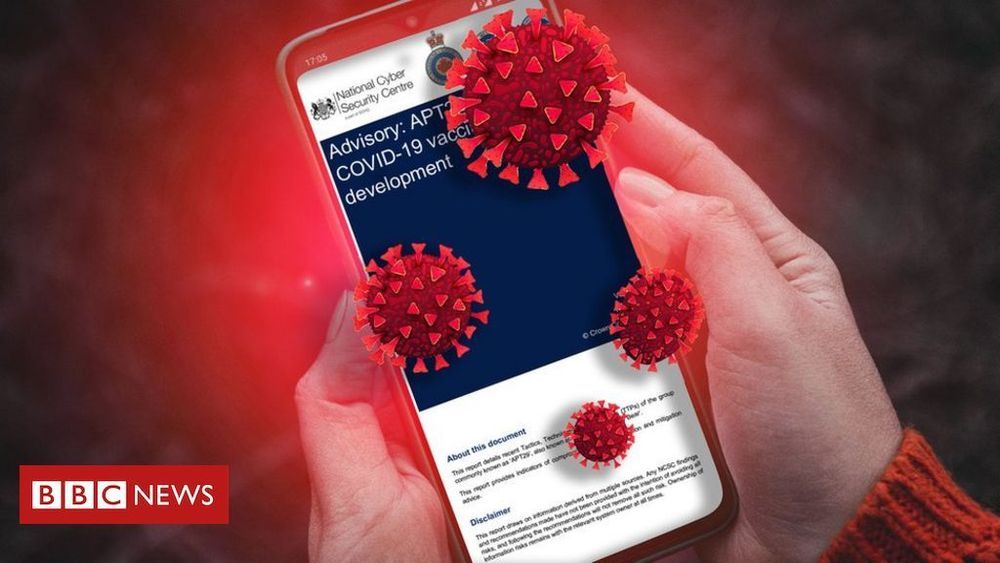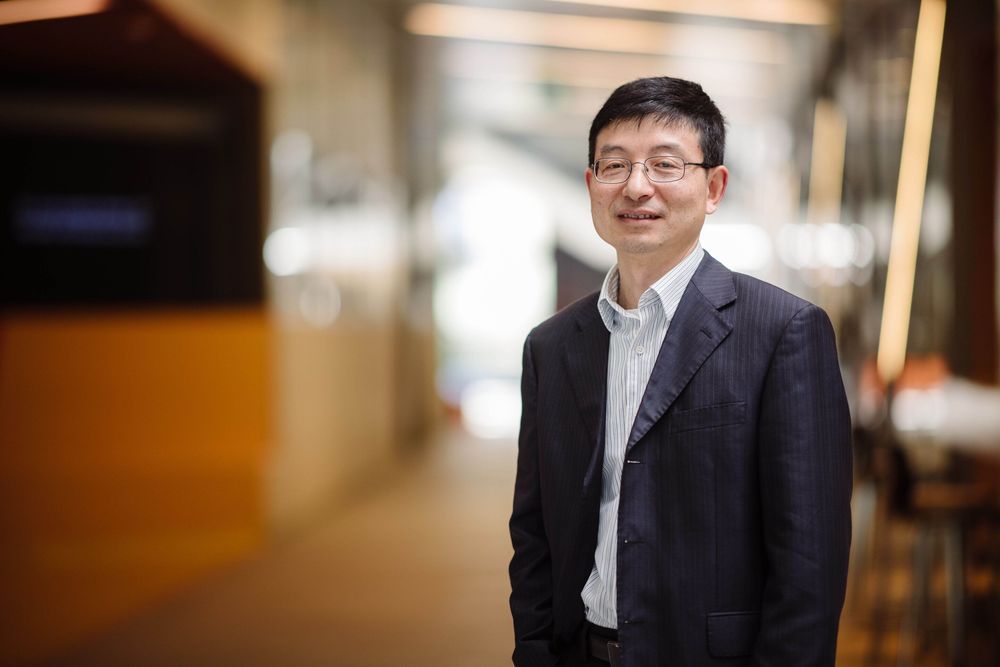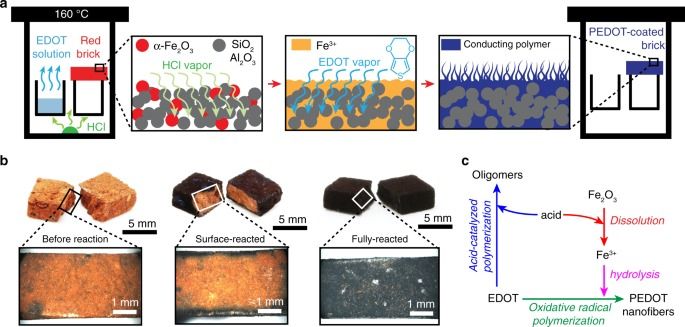Aug 13, 2020
The Legal Industry and COVID-19 Challenges
Posted by Malak Trabelsi Loeb in categories: biotech/medical, economics, law
Malak Trabelsi Loeb
13-08-2020

Covid-19 did not only cause a health crisis around the world; It led to severe economic, social, and political challenges in various countries.
In response to the World Health Organization recommendations, governments imposed various precautionary measures in the course of managing its risks. Measures varied from mere social distancing to total lockdown and isolation in quarantine centers.
Continue reading “The Legal Industry and COVID-19 Challenges” »

